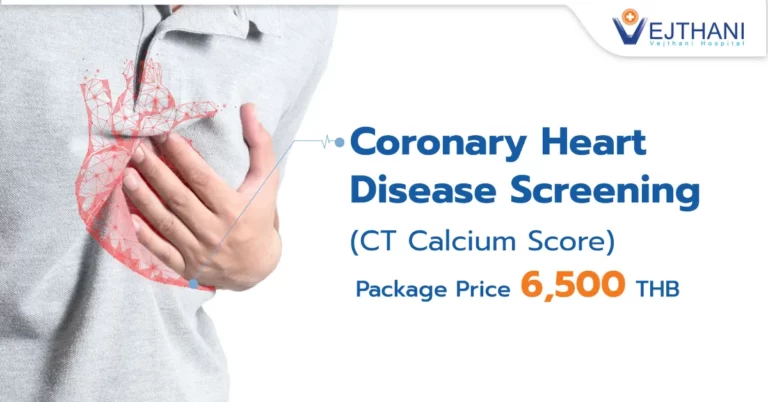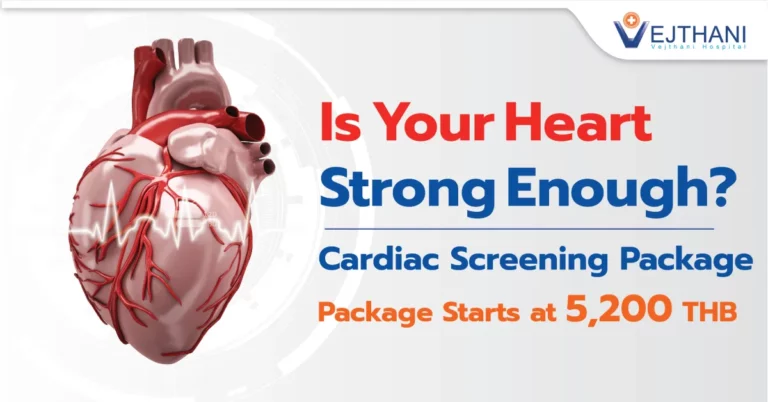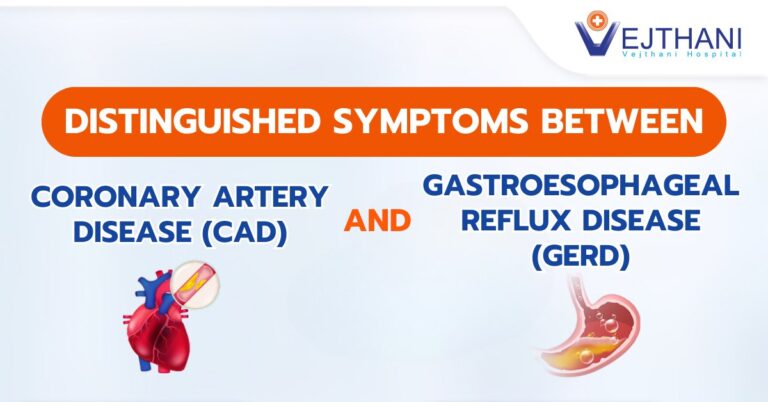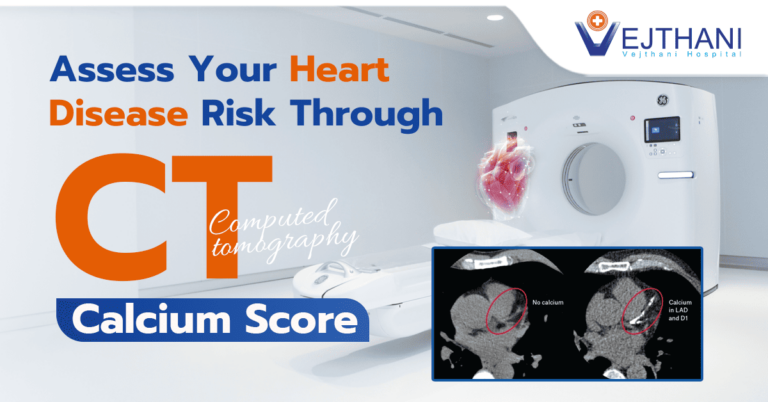
Health Articles
Advanced Approach for Heart Disease: Cardiac Catheterization Treatment in Thailand
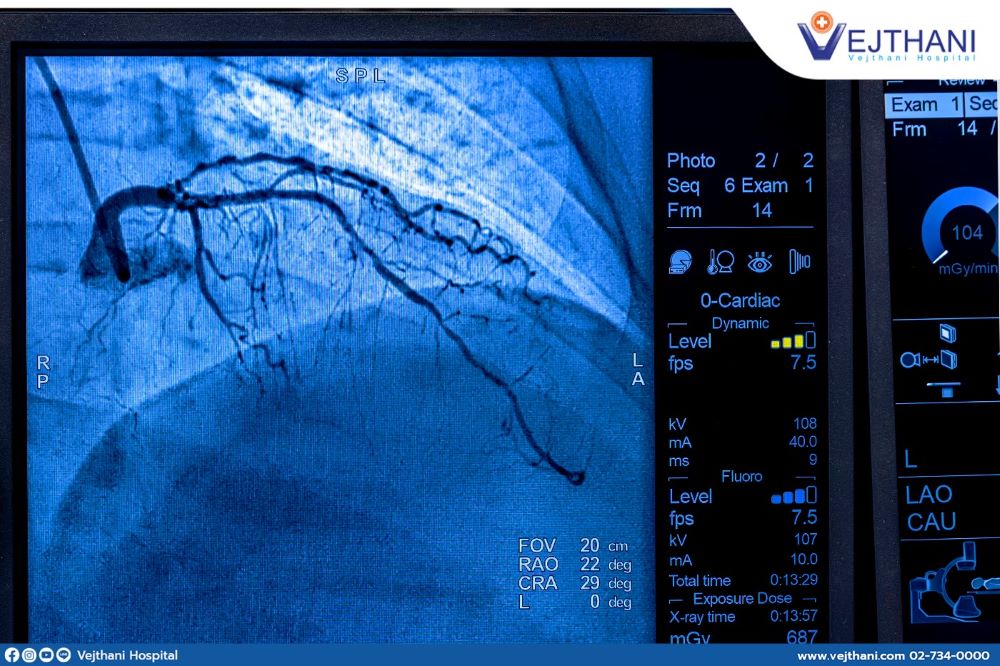

Vejthani Hospital provides comprehensive cardiac catheterization treatment in Thailand, a precise treatment approach for your heart and vascular system. This approach is a minimally-invasive procedure that uses advanced technologies, and it’s often performed while the patient is awake but mildly sedated.
It’s become one of the standard tools used in cardiac medical care. The procedure can be exploratory for patients complaining of symptoms related to a suspected heart problem or heart disease. It’s also used as part of some procedures to correct heart and vascular problems.
What Does Cardiac Catheterization involve?
The procedure uses a long, thin catheter that is inserted into a vein or artery in your arm or groin. Then the catheter is threaded through the blood vessel until it reaches the heart.
There is a range of catheters that can be used, depending on the purpose of the procedure. Some contain a fiber-optic light and a tiny camera to capture real-time images that are displayed on a monitor. Some contain a balloon and/or stents that are used to widen a narrowed blood vessel.
The preparation for the patient is basically the same in all cardiac catheterization treatment procedures in Thailand. The patient will be asked not to eat or drink anything for up to six hours before the procedure. If you take any medicines, be sure to let your doctor know what they are, and the doctor will let you know whether to take them before the procedure.
What Will the Patient Experience?
Before starting the procedure, the doctor will check your pulse and blood pressure. If the cardiac catheterization is being performed , you may be put under general anesthesia. If it’s exploratory, a local anesthetic is administered at the entry area of the catheter, and you’ll be under mild sedation.
The area where the catheter will be inserted may be shaved to help prevent infection, then the area will be sterilized, and local anesthetic will be injected.
Once the anesthetic has numbed the area, a small incision is made to access an artery. A plastic sheath is inserted into the blood vessel, and the catheter is inserted into the sheath and threaded through the blood vessel until it reaches the area the doctor wants to examine. During the procedure, you should have no sensation of the catheter moving through your body.
Once the cardiac catheterization treatment procedure has ended, you’ll spend several hours recovering in the hospital. The plastic sheath will be removed, and pressure will be applied to the insertion areas.
If the procedure was performed as a diagnostic measure, you may be released after a few hours of hospitalization. If it was part of a treatment, the severity of the treatment will be the deciding factor in your release time.
Make Thailand Your Choice for Cardiac Catheterization Treatment
Vejthani Hospital in Bangkok has a cardiology center that offers years of expertise in this modern procedure. If you’re an international patient and feel that you might require cardiac catheterization treatment, call and make an appointment with a cardiologist at Vejthani Hospital in Bangkok, Thailand today.




















